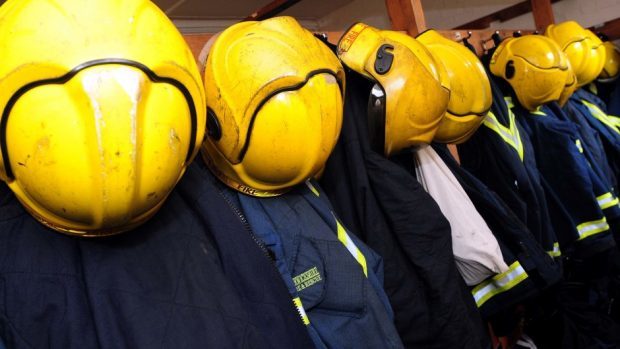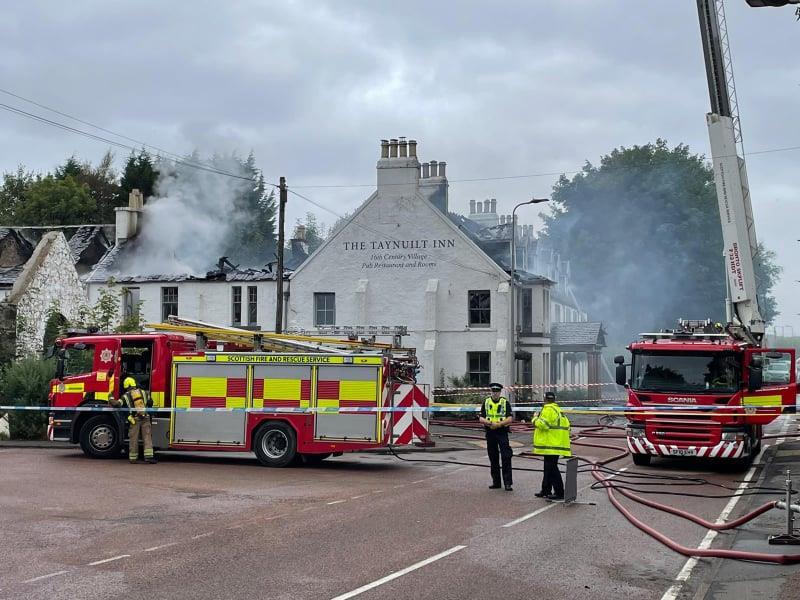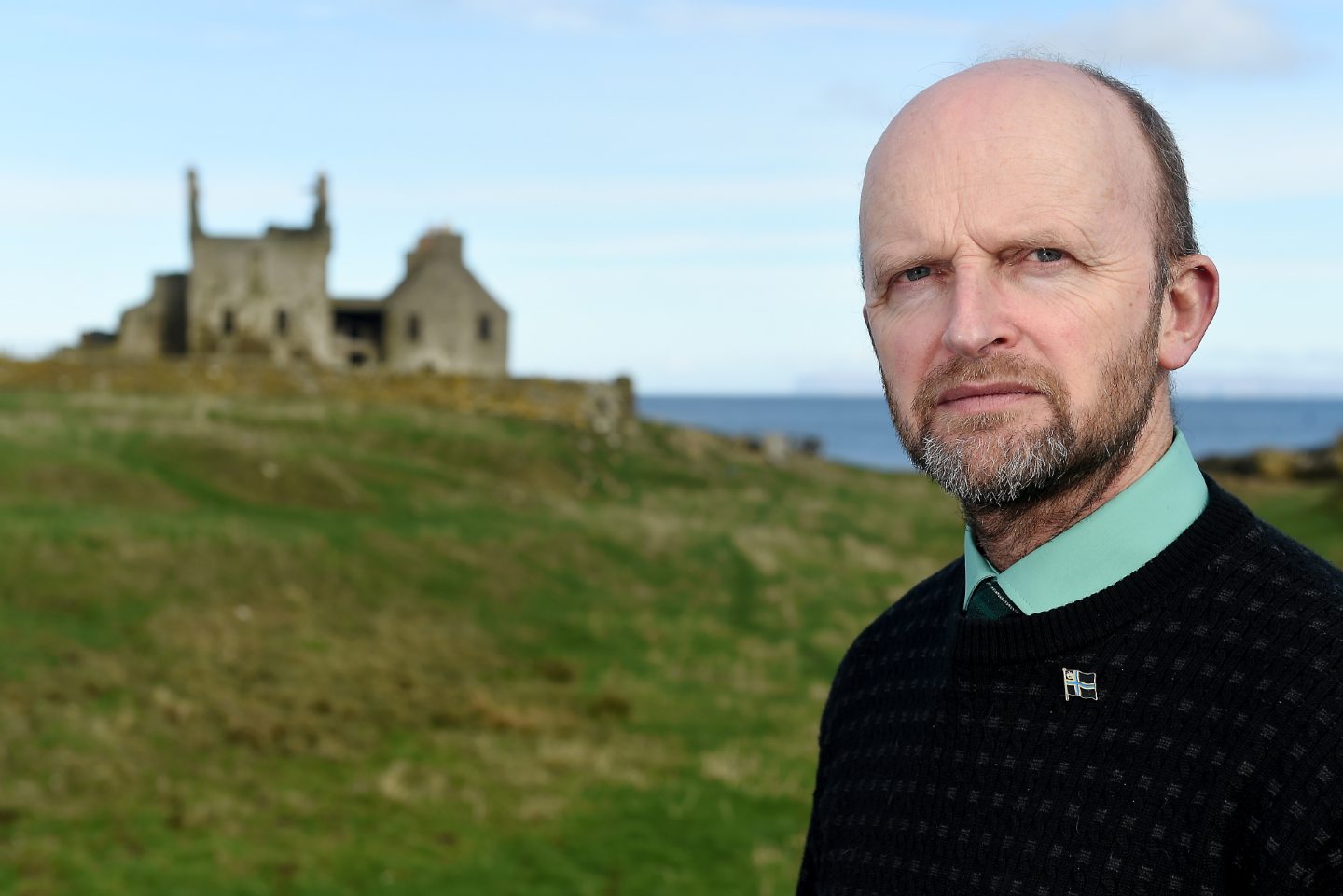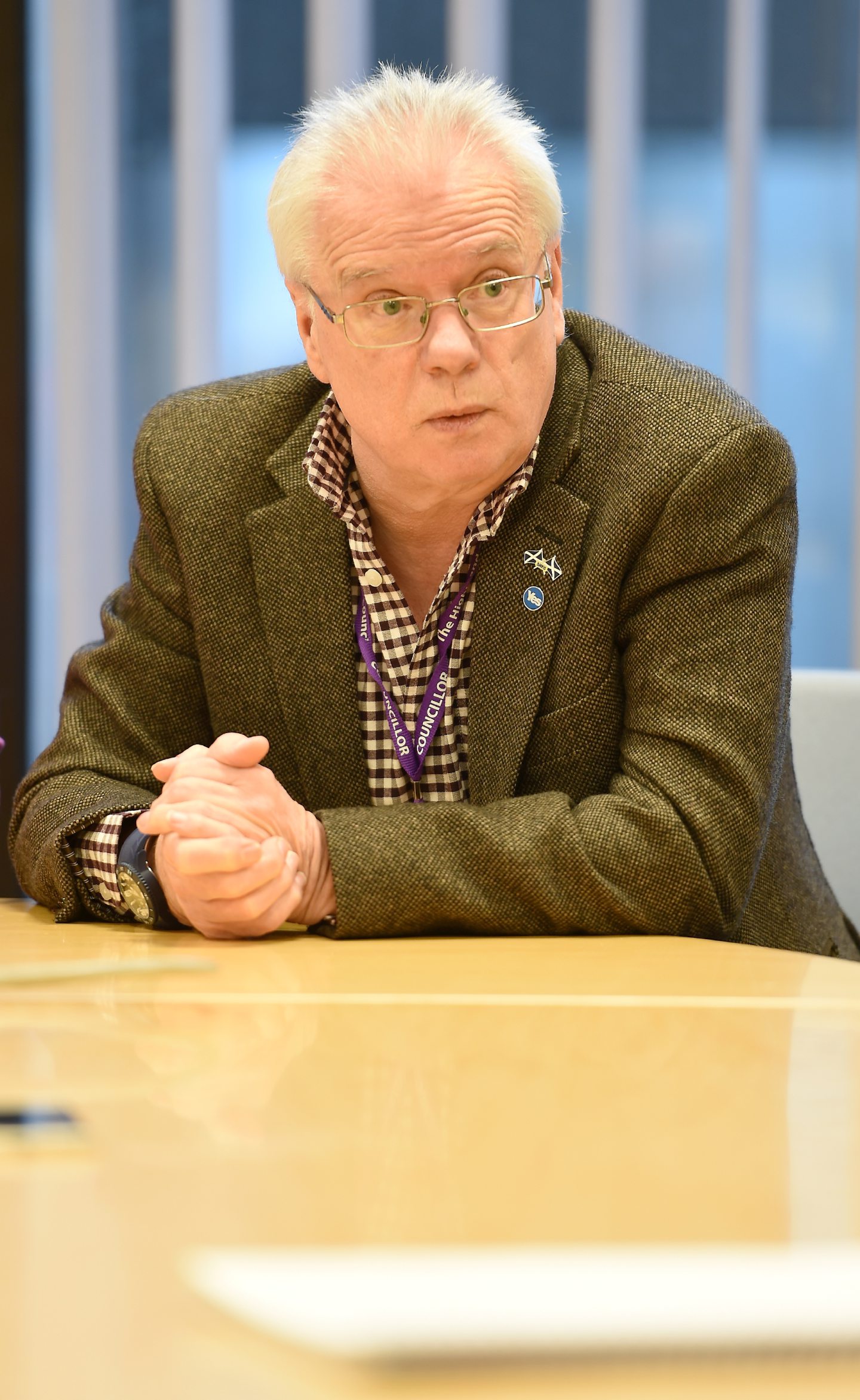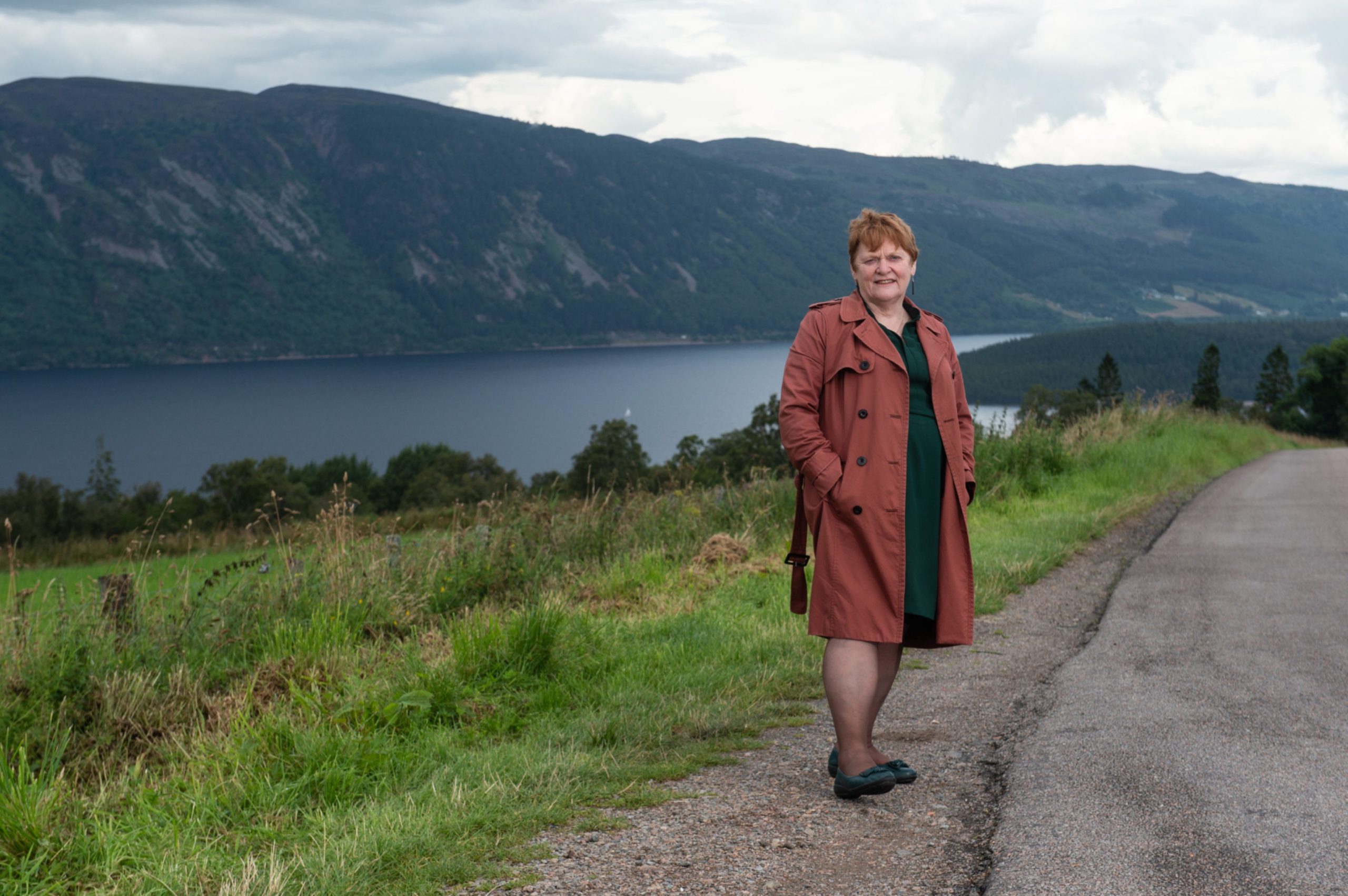Some of Highland’s most rural communities are being left unprotected by the Scottish Fire and Rescue Service (SFRS).
This was the strong view put forward by members bringing a motion to today’s full meeting of the Highland Council.
The motion from councillors Matthew Reiss, Hugh Morrison and Alister Mackinnon called on the SFRS to change the rule which requires fire engines to be staffed by at least four firefighters in order to attend a callout.
‘A rigid, unbreakable rule’
In an emotive speech to council, Mr Reiss – who is the strategic lead for the emergency services – explained:
“Today, if you had the misfortune to be involved in a serious head-on road accident in Kinlochleven, or between Drum and Fort Augustus, or between Tongue and Bettyhill, you would hope and expect that the emergency services get to you as soon as possible.
“Why? If you’re lying trapped and injured in a wrecked car with the distinct smell of engine oil, brake fluid, coolant, and blood all around you, there may be one even worse smell – that of petrol.
“Unfortunately you might be waiting some time for the fire service… The delay (if it happened) would be because even if three firefighters were available at each of the two nearest fire stations, neither station will respond.
“The fire tenders will not move.
“Because there is a rigid, unbreakable rule that four firefighters must be in the vehicle before it leaves its station.”
Sutherland is left ‘unprotected’
Mr Reiss reminded members that a few years previous, the SFRS had parked its new Rapid Response Units outside council chambers, and members had been delighted to see the smaller units, which only required a three person crew.
It has since emerged that despite several years of discussions, the promised flexibility has not been delivered and the minimum crew number remains at four.
Mr Reiss said: “I am unable to remain silent because this is about a clear cut risk to life.”
Rural members spoke in support of the motion, with Sutherland councillors Hugh Morrison and Richard Gale saying there are areas of north and northwest Sutherland that are left unprotected due to a centralised model that is not fit for purpose in rural areas.
In addition to calling for a three-crew minimum, the motion called for modular, local training courses as a way to improve recruitment, and asked for more trust for frontline firefighters to simplify working practices.
Tough conversation needed
Councillor Ian Cockburn of the SNP group said he felt the tone of the discussion was unduly emotive, and while he understood the spirit of the motion, it was not one for politicians to decide.
“We need to leave this to the professionals, and the professionals are the fire service,” he said.
His group colleague councillor Ken Gowans shared this view, arguing that the motion was a technical and operational one.
While Mr Reiss had wanted council to write to the minister, Ash Denham, Mr Cockburn tabled an amendment that the letter should go to the SFRS chief.
Council leader Margaret Davidson acknowledged the seriousness of the matter but also paid tribute to the partnership working between the council and the fire service. This should not prevent tough discussions, she said.
“When you have a good friend and something’s not quite right, you bring it up with them,” she added.
“We did that four years ago.”
Mrs Davidson fears the topic is not being treated seriously enough, and action needed to be taken.
However she supported the proposal to write to Chief Officer Martin Blunden instead of the Minister.
Mr Reiss said he didn’t care who received the letter, he simply wanted to see the matter resolved.
The motion to write to Mr Blunden passed by 39 votes to 15, with one abstention.
